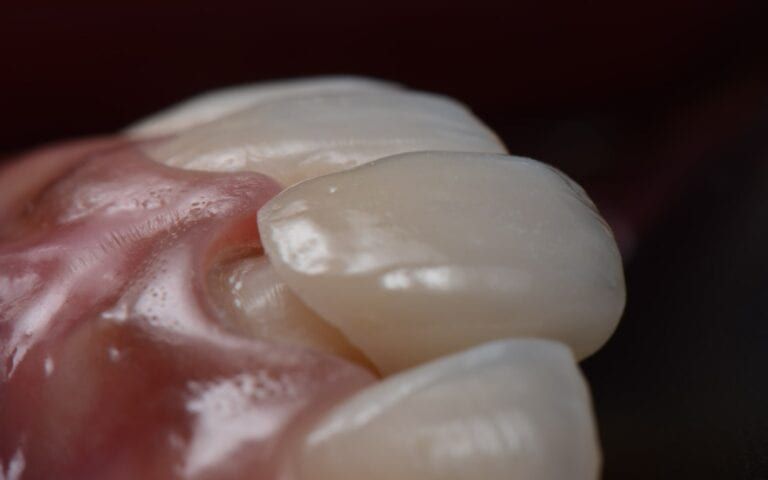How Orthodontic Bonding Adhesive Can Protect Against Decay

Dental bonding is an essential part of installing braces, aligners, and other retainers used to straighten teeth for orthodontists. Bonding works to use dental materials to adhere to the tooth’s surface and then cure those materials to harden them and strengthen them for treatment. Bonding procedures, however, aren’t just used for braces – they are also used to fill cavities, install dental restorations, and help keep teeth in excellent shape. Having dental bonding is a great way to prevent cavities. Orthodontic bonding has been a dependable form of treatment that has helped thousands of patients receive dental care. One of the best things to know about dental bonding is that these adhesives are an essential part of correcting malocclusions early in life.
What Factors Play Into Successful Orthodontic Bonding
Before any bonding procedure begins, your orthodontist will probably want to look at your exam results and x-rays before deciding on your treatment. That’s because the success of bonding is highly reliant on the condition of your teeth and gums, especially your enamel. Your enamel supports many of the vital functions of your mouth by providing the inner workings of your teeth the protection they need against disease. For those who suffer from cavities and malocclusion, enamel wears down is the number one issue that orthodontists face when handling patients’ teeth.
Within bonding procedures, the enamel sometimes needs to be partially removed to place the dental material on the tooth and prepare it for braces. However, already affected enamel will present a challenge to orthodontists because they will often need to correct the existing problem first before tackling your overbite. While having any form of malocclusion can increase your risk for cavities, having cavities can also increase your risk of jaw alignment problems, gum disease, and TMJ disorder.
For bonding procedures, healthy teeth are needed to help create a more environmentally controlled scenario for your orthodontist when applying your braces or aligners. However, once the treatment is in place, correcting the malocclusion can help prevent any cavities from developing further.
Step-By-Step Bonding Process For Braces
During the procedure, your orthodontist will perform a bonding procedure in these steps:
-
Your orthodontist will first use polishing pumices to create a smooth surface for the teeth, allowing them to prepare for an impression.
-
They may also use gel etching to retract any soft tissues and wash away any acids leftover. These materials are used to prepare the surface further for bonding.
-
Next, they will use primers and adhesives as the bonding material. During this part of the session, your orthodontist will prevent saliva contamination from affecting the bonding materials.
-
Once applied, they may use curing lights will procure the bonding process to harden and strengthen the materials for braces.
Overall, many orthodontic appliances are always being expanded on, and newer bonding materials are always being explored to reduce the effects of caries formation and help realign their teeth back to health. For more information about dental bonding, contact your orthodontist to arrange an appointment.

Recent Comments